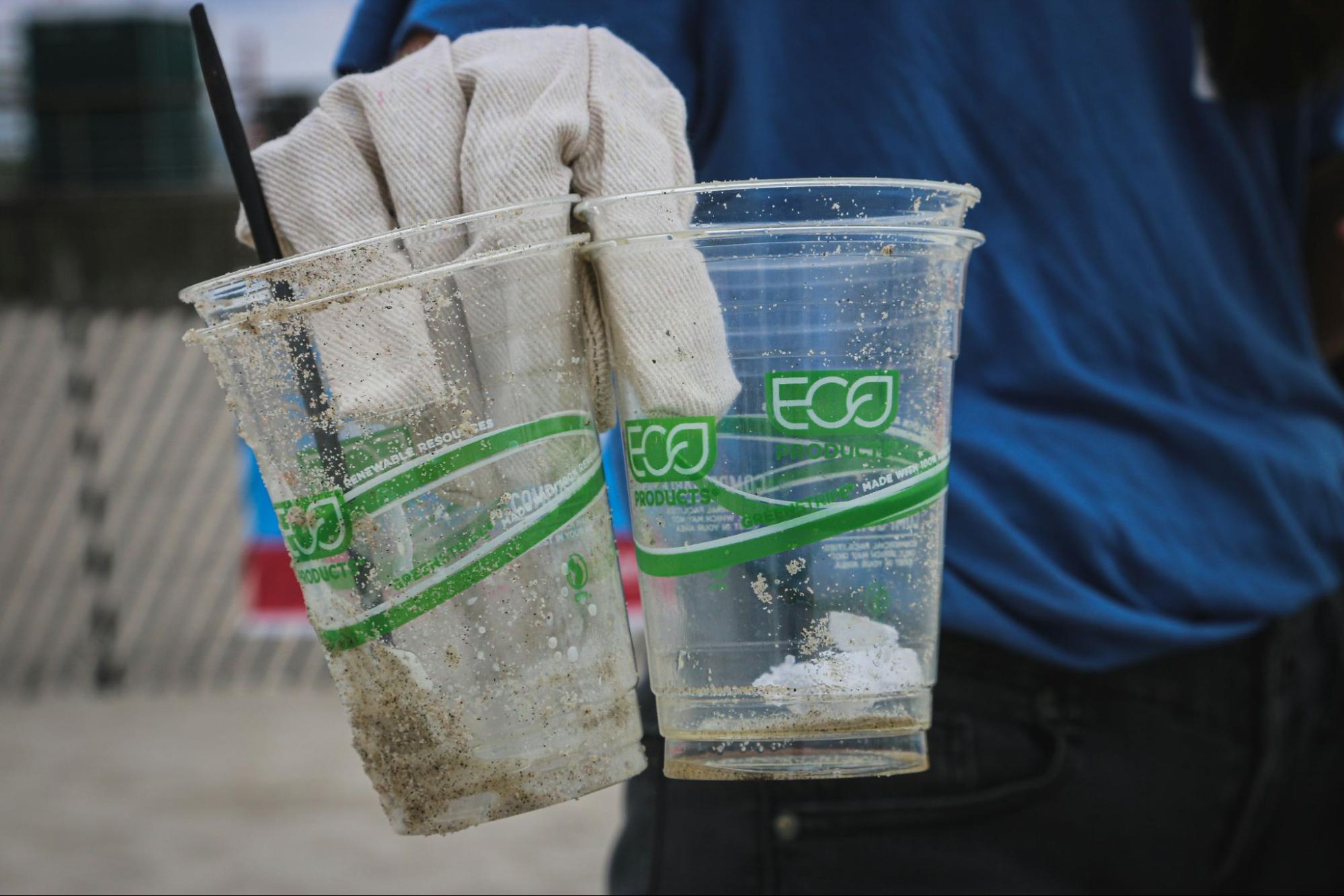
What Is Green Travel and How to Do It
August 05, 2024

Travel and tourism are vital to countries, as they facilitate economic development and progress through job creation, increased revenue, and cultural exchange opportunities.
However, a UNWTO 2019 report stated that transportation emissions linked to tourism contribute to 22% of total transport emissions. Predictions suggest a 25% rise by 2030, and this can threaten tourism of countries with rich biodiversity and cause damage to several tourist destinations.
In this guide, we’ll explore strategies and practices for embracing green travel to minimize environmental footprint while enjoying travel experiences.
What Is Green Travel?
Green travel is also known as sustainable travel or ecotourism, l. This is a kind of travel that prioritizes low impact on a country’s environment and culture. It is about encouraging people to find innovative ways to reduce carbon emissions and waste, book eco-friendly hotels, and support local businesses in the community they’re staying in.
In a nutshell, it’s about making a conscious effort to create a positive effect on the places you’ll be visiting.
How Can You Travel Sustainably?

Watch Out for Greenwashing
Greenwashing refers to false statements made by companies in showcasing the supposed environmental advantages of the product or service they’re offering. Producing misleading messages allows these companies to continue their ecologically harmful practices by cheating seriously eco-conscious consumers.
Be wary of tourism campaigns using nature-related pictures and many environmental buzzwords like “eco, “green”, or “all-natural”. The best way to check is by searching if they have reviews, local government support, and documented implementation of the program.
Choose a Sustainable Destination
When deciding on a place to visit, try to choose a place that is deeply committed to being a green destination. Some indicators are well-planned public transportation, public parks with greenery, designated bike zones, and farmer’s markets.
Another way to travel sustainably is to choose a place near your locale. It could be a small town that is working hard to protect its heritage, an upland area with a wildlife conservation program, or a seaside city that is adopting anti-water pollution and marine life protection policies.
Choose Green Transportation

If the place you plan to visit can be reached by bus or train, take those alternatives rather than booking an airline. Traveling by a bus or train results in lower CO2 emissions than airplanes. However, if your chosen vacation spot can only be accessed by airplanes, try to tour the place by walking or biking. With biking or walking, you’re reducing pollution, lowering energy consumption, and improving your health. You’re hitting not just two, but three birds with one stone!
Choose a Sustainable Accommodation
This one can be a bit challenging because there are many hotels to choose from and many of them have impressive marketing that can easily sway you. But again, your best friend is Google.
Before you settle for a hotel belonging to a big company or an independent developer, look up their in-house eco-friendly programs. You can also check their website for a fact sheet discussing water disposal, garbage recycling, energy sources, and other sustainable hotel fixtures. Also, be on the lookout for certifications given to hotels that uphold certain sustainable practices.
Manila Marriott Hotel is one of the hotels in Manila that have taken big steps to promote environmental sustainability. It has successfully eliminated hundreds of millions of small toiletry bottles from the hotel’s plastic amenity usage. Additionally, it uses green options in its restaurants and supports organic farming and local farmers.
Pack Light and Use Sustainable Items
Another consideration you have to make is the things you bring during your vacation. Sunblock is essential for every trip. Try to use reef-safe sunscreen - because they don’t contain chemicals that harm corals and other marine life.
Pack a tote bag to help you with your store purchases. When you have a reusable tote bag, you no longer need to ask for plastic bags everytime you purchase something.
Invest in a reusable water bottle before traveling. Having to constantly buy water bottles adds to the land pollution and overflowing landfills. Also, using a reusable water bottle reduces your exposure to bisphenol A (BPA), a chemical used in making plastic water bottles that can contaminate our water and harm our nervous or reproductive system.
Engage in Eco-friendly Activities

An itinerary that lasts for a week or longer presents you with an opportunity to volunteer at some local activities. You can help out at a cleanup or tree-planting drive. Taking a local tour helps the economy and increases public awareness of a place’s heritage. If you’re doing a group tour, book with a company that donates to charities or partners with legit sustainable organizations.
Final Thoughts
Embracing green travel is not just about reducing our environmental footprint; it's about making a positive impact on the places we visit and the communities we engage with.
Each decision we make, from transportation choices to the activities we engage in, has the power to shape the future of travel towards a more responsible and sustainable direction. Let's commit to being mindful travelers, leaving behind memories of enriching experiences while leaving the environment better than we found it for future generations to enjoy.